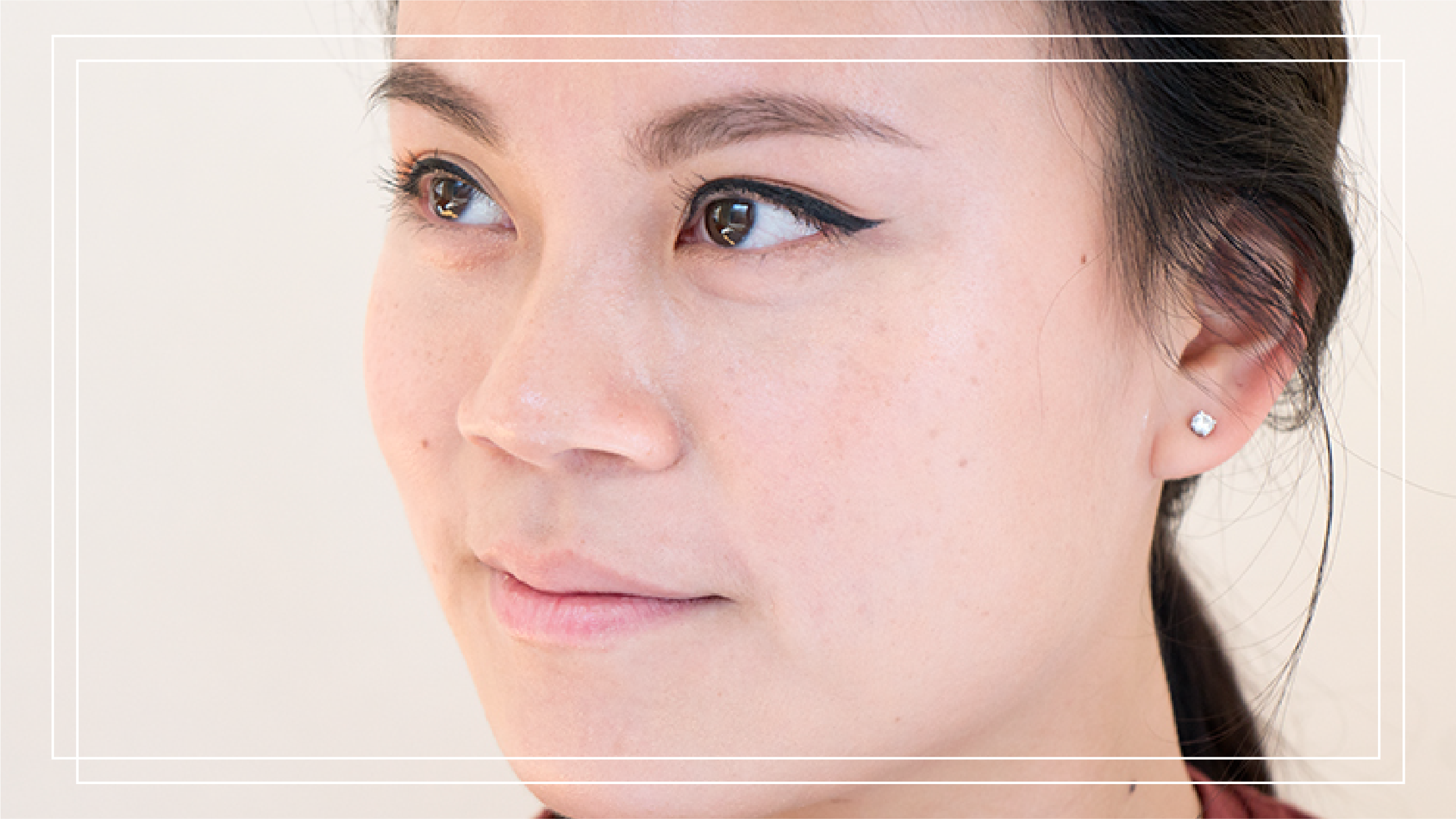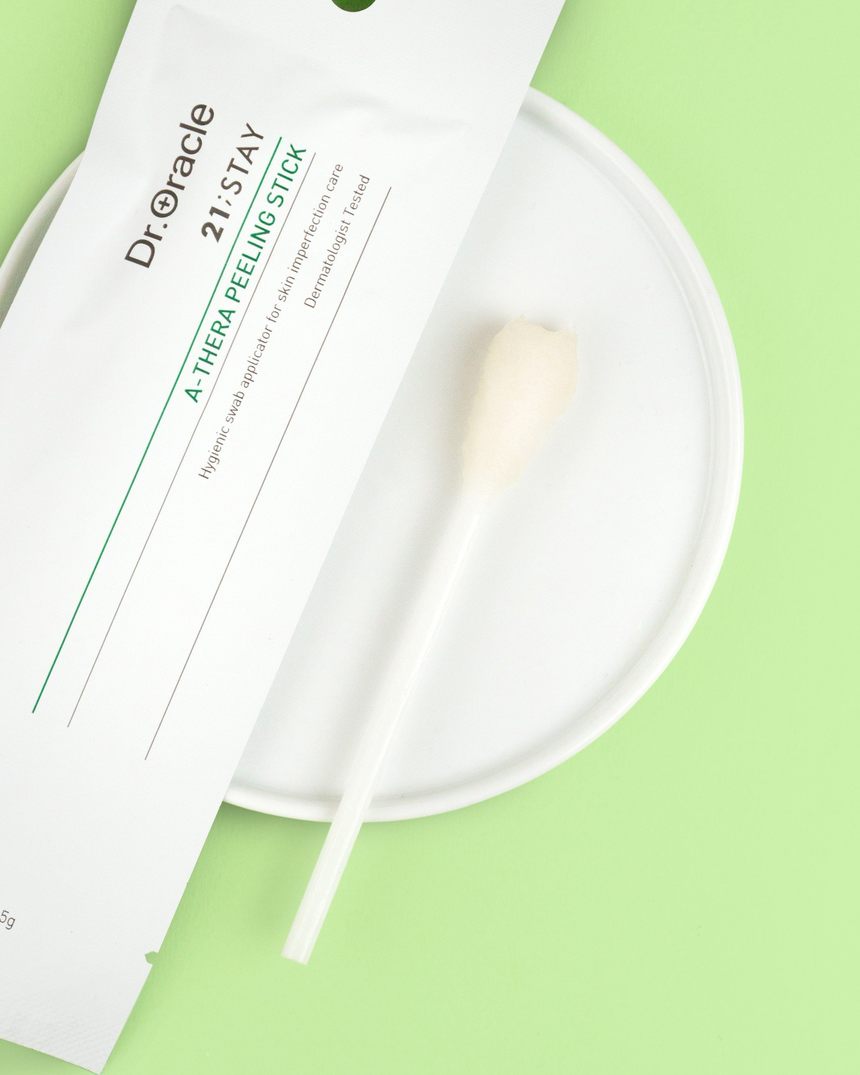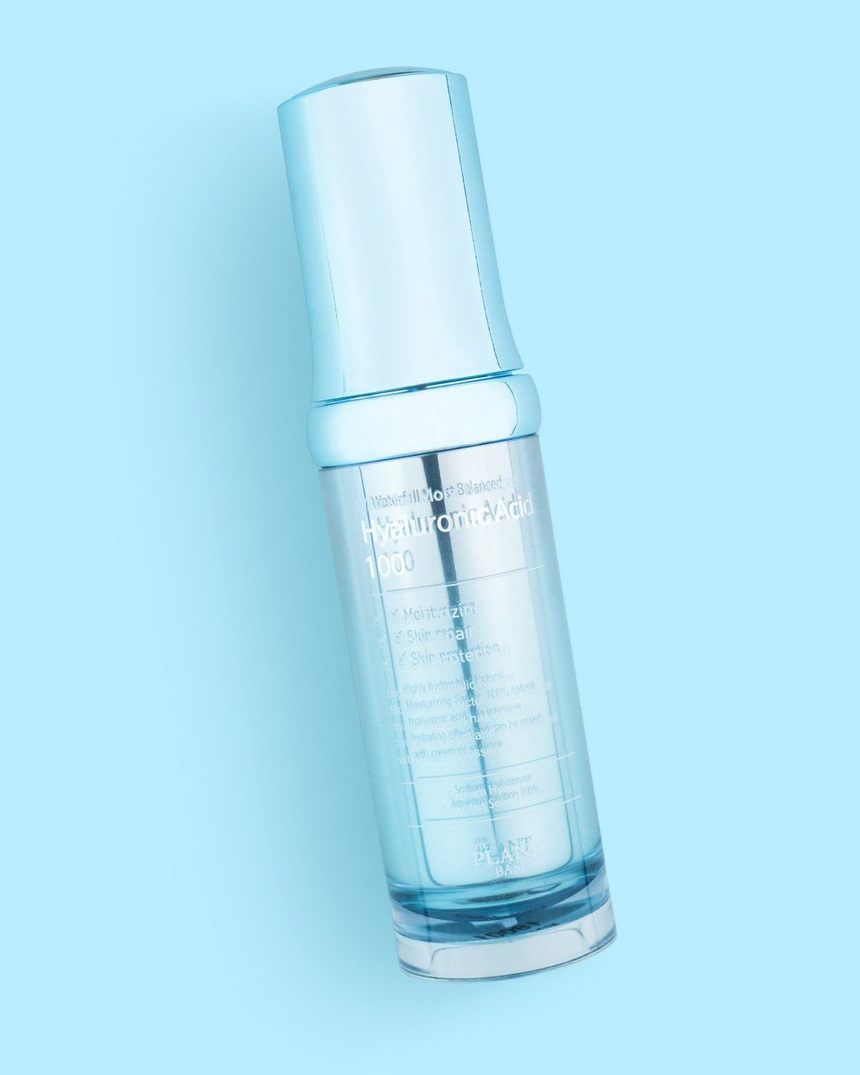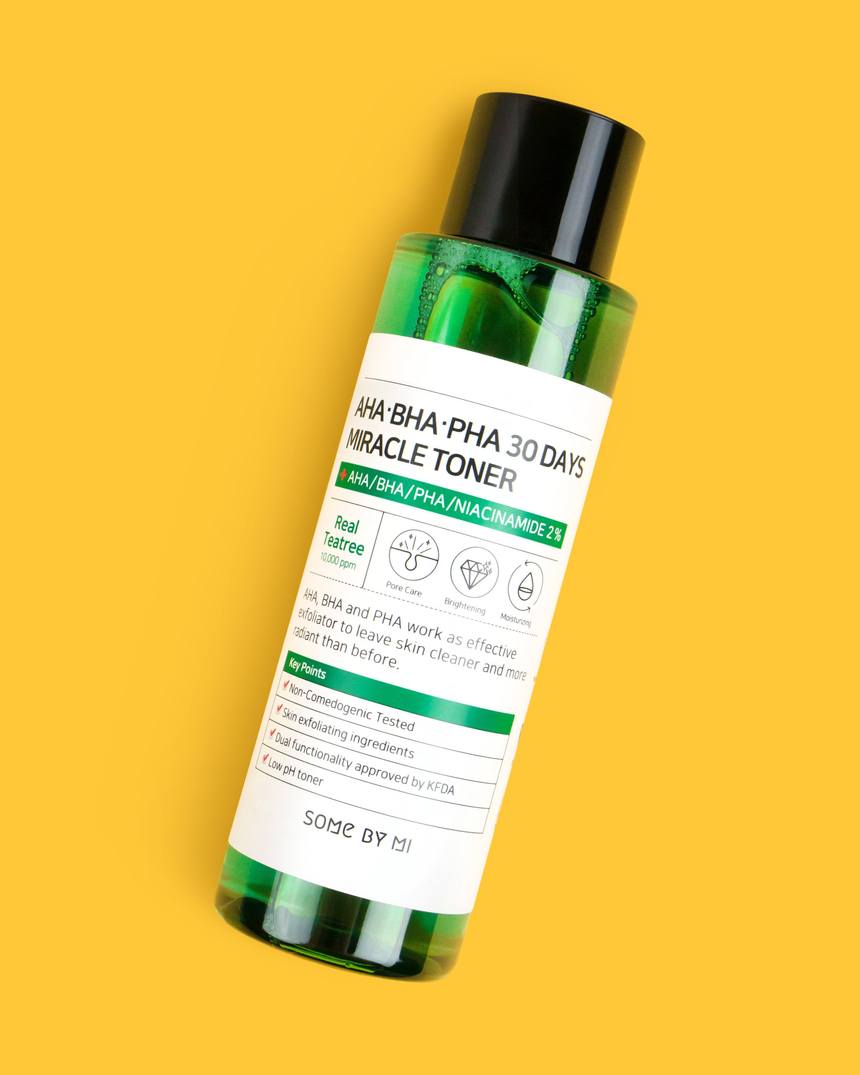Although pores are tiny, they’re a huge topic of concern and interest for many.
A quick refresher on pores: pores are normal openings in the skin that contain either hair follicles or sweat glands (specifically, eccrine glands). The skin needs to have these openings in order to regulate temperature and just generally do its thing.
All healthy pores are lined with a certain amount of keratin (the protein that makes up your hair, skin, and, nails) and sebum (this is necessary to protect your skin from bad bacteria and other pathogens). The skin underneath and in between the pores is held up by a network of fibrous proteins called collagen and elastin, which give skin structural integrity. Collagen is ropy and fairly inflexible, whereas elastin is, as its name implies, elastic and gives skin its bounce.
Given all the things pores do, there are a few reasons they can become enlarged. Here, we highlight some of the most common ones!
Genetics
Sorry for the bad news, guys, but a lot of the time, if your pores are larger, it’s primarily due to genetics. This is especially the case if you have thicker hair, as the pore will naturally be larger to accommodate the thicker follicle. If you have naturally oily skin, your pores will generally be larger, too. This does not mean you can’t improve the overall appearance of your pores, but it does mean that there are certain limitations to what you’re going to be able to do.
The Pore Is Clogged
Remember how all healthy pores are lined with keratin and sebum? Sometimes this pore lining doesn’t shed properly (due to slow cell turnover), leading to a buildup of dead skin cells. If you have oily skin, this mass of dead skin cells inside the pore can also combine with the oil buildup, and it will form the plug that becomes a comedone. As many of you know, a comedone can be closed and appear as a flesh-colored bump or whitehead, or it can be open, in which case the sebum and dead skin combo usually oxidizes and results in a blackhead.
When the pore is full of gunk, it will appear bigger, in the same way that a sleeping bag will look bigger with a person inside of it. Now, this does not mean you should go to town trying to manually extract all of that stuff. Extractions can be very helpful for hitting reset on a clogged pore like this, but, if performed improperly, they can result in trauma to the skin and ultimately lead to a permanently enlarged pore (I have done this to myself, I do not recommend it). It might be worthwhile to go to a dermatologist or a licensed aesthetician for a professional extraction.
Even if you get extractions somewhat regularly, any skincare expert worth their salt will tell you that prevention of future comedones is key to preventing continued enlarging of these pores. Aside from double cleansing, the best ways to prevent comedones are to accelerate cell turnover (so the lining sheds normally) and exfoliate chemically (to break down the buildup). For this, AHAs, BHAs, and PHAs are your friends! Try the Dr. Oracle A-Thera Tea Tree Peeling Sticks that contain AHAs and BHAs, in addition to tea tree extract.
Another great way to accelerate cell buildup and regulate sebum production is by using a retinoid consistently. Anyone I know who has struggled with oily skin and very visible pores in the past and now has an airbrushed-looking complexion owes it to retinoic acid. If you’re scared of retinol or it’s simply not the right fit for you, BHAs are a good alternative. These acids, which you’ll most often see as salicylic acid, are oil-soluble (meaning they can reach deeper down into the skin to break down the sebum) and keratolytic (meaning they break down keratin), so they are excellent at keeping that cell lining nice and healthy and free of excess oil. A great gentle toner that contains both salicylic acid (BHA) and tea tree oil is the Some By Mi AHA-BHA-PHA 30Days Miracle Toner.
Dehydration
A lot of the time, people with large pores have oily skin with buildup of sebum stretching that pore out and magnifying its appearance. However, the opposite can be true, too!
Dehydrated skin can have enlarged-looking pores because the skin surrounding these pores has lost some plumpness. Keeping your skin adequately hydrated will ensure that it stays plump, and this in turn will make your pores appear smaller.
Think of your skin as a fluffy mattress. The more stuffed the quilt, the less visible each individual tuck or stitch will be. Similarly, when your skin is properly hydrated, the plumper the surrounding skin will be, and the less visible the pores will seem. To hydrate, nothing beats a hyaluronic-acid packed serum (a great option is the The Plant Base Waterfall Moist Balanced Hyaluronic Acid 100) layered under a creamier lotion to seal it all in.
Sun Damage
Remember the collagen and elastin we discussed earlier? Also recall the mattress analogy from above. Bringing it all together, the collagen and elastin are the springs in the mattress, the part of the mattress that gives it structure. Sun damage breaks down these structural proteins over time, leading to loss of volume and elasticity. When you damage the foundation of the skin, the pores will appear larger, because the stuff holding it up is gone. It’s very hard (but not impossible) to rebuild collagen and elastin once it’s gone, so do yourself a favor and wear your sunscreen religiously from a young age. You will keep your pores nice and tight for much longer this way.
However, if you do have this type of open pore, look for skin care products with peptides to rebuild structure, as well as ingredients shown to stimulate collagen production. I personally like EGF, found in the Easydew EX Repair Control EGF, and Vitamin C.
Bottom Line
If you want to reduce the appearance of your pores, remember that the key lies in keeping your pore lining clean and healthy (double cleanse and exfoliate consistently), making sure your skin is sufficiently hydrated, and preventing and repairing structural damage caused by the sun.

















